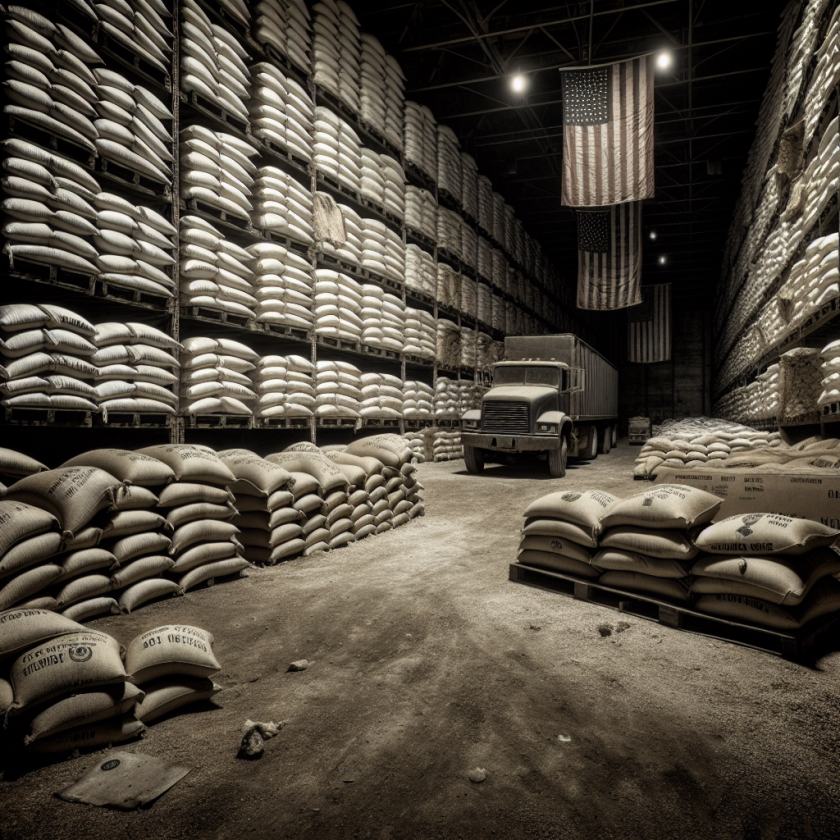Drones to Assist Sherpas with Deliveries and Waste Management on Mount Everest
Drones to Assist Sherpas with Deliveries and Waste Management on Mount Everest
Introduction
Mount Everest, the world’s highest peak, presents unique logistical challenges for climbers and Sherpas alike. Recent developments have introduced drones as a potential solution to assist with deliveries and waste management, aiming to enhance safety and efficiency on the mountain.
Revolutionizing Mountain Logistics
The introduction of drones on Mount Everest is set to transform traditional methods of transportation and waste management. These unmanned aerial vehicles (UAVs) offer several advantages:
- Efficient Deliveries: Drones can transport essential supplies such as food, medical kits, and climbing gear directly to climbers, reducing the physical burden on Sherpas.
- Improved Safety: By minimizing the need for Sherpas to traverse dangerous paths, drones can significantly reduce the risk of accidents and injuries.
- Environmental Impact: Drones can assist in waste collection, helping to maintain the pristine environment of the mountain by reducing litter and pollution.
Technological Advancements
Recent advancements in drone technology have made this initiative feasible:
- Enhanced Battery Life: Modern drones are equipped with longer-lasting batteries, allowing them to operate in the harsh conditions of high altitudes.
- Autonomous Navigation: Advanced GPS and navigation systems enable drones to autonomously reach specific locations, even in challenging weather conditions.
- Payload Capacity: Drones are now capable of carrying heavier loads, making them suitable for transporting a variety of supplies.
Challenges and Considerations
While the use of drones presents numerous benefits, there are challenges to address:
- Regulatory Approvals: Ensuring compliance with aviation regulations is crucial for the safe operation of drones in the region.
- Weather Conditions: The unpredictable weather on Everest can pose challenges for drone flights, requiring robust design and planning.
- Training and Maintenance: Proper training for operators and regular maintenance of drones are essential to ensure their reliability and effectiveness.
Conclusion
The integration of drones into the logistics of Mount Everest represents a significant step forward in enhancing the safety and efficiency of climbing expeditions. By reducing the physical demands on Sherpas and addressing environmental concerns, drones have the potential to revolutionize how supplies are delivered and waste is managed on the world’s tallest mountain.






































